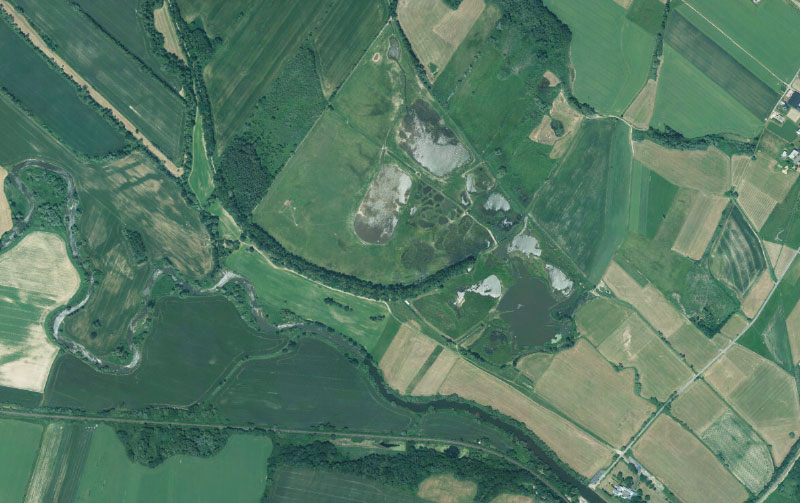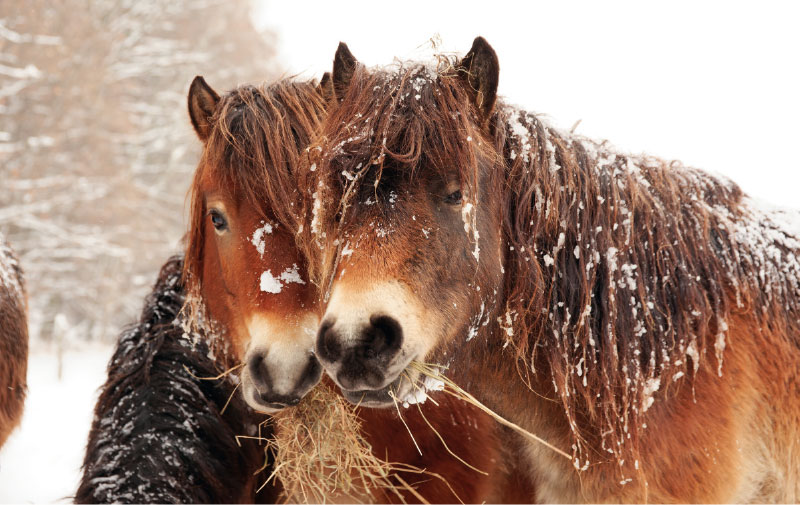INTRODUCTION
Alluvial wetlands and alluvial meadows (often referred to as “wet” in the literature) are one of the types of habitats that, with the gradual development of the cultural landscape, suffered the greatest transformation and often complete disappearance; in the Czech Republic, the most significant transformation by the transfer to field crops together with land improvement peaked roughly in the 1970s. Discussions about the importance of wetlands have, however, been revived in different periods; the factors that trigger these discussions are mainly floods and drought, which is clearly indicated by the drought that started in 2015. In their name, alluvial wetlands and meadows indicate that they are situated in a river landscape and are in periodic or constant contact with the surface water of larger rivers and groundwater, including the hyporeal. It is therefore obvious that these landscape elements are at least locally important for the cycle of water and chemical substances in the river landscape. These hydrological effects are already fairly well described in the literature today; in this respect we can mention the essential works of Benstead, Drake et al [1], Štěrba et al [2], Cílek, Just et al [3], and Čížková, Vlasáková et al [4]. The importance of wetlands with regard to their historical occurrence in the Polabí landscape is also discussed by Richter [5]. The hydrological importance of alluvial meadows is indisputable; it is therefore desirable to emphasize their importance for the biodiversity of plants and animals. In addition, these habitats represent a natural and interconnected transition between terrestrial and aquatic habitats and systems in the landscape.
Description of the site and its history
Kozmice bird meadows are the largest private reserve of the company Semix Pluso, s.r.o., with an area exceeding 70 ha. They are located in the floodplain of the Opava river in the area between the villages of Dolní Benešov, Kozmice, and Jilešovice. It is currently a continuous habitat of foxtail grass and sedge
meadows, which was created on improved fields. An interesting fact is that in the 19th century there were ponds and mill races in this area, and the remains of the pond embankment with oak and other floodplain trees is still preserved. Of the mills, only Kolečkův mill, built in 1845, was preserved, but there were also older buildings, such as Na Osikovci mill, first mentioned in 1446, or the even older Jilešovický mill, of which there are records from as early as 1377 (Solnický, [6]). The water races remind us of the site’s mill and pond history, such as Mlýnská strouha with a derivation at the weir in Smolkov, flowing through the area of the former ponds of the Dolní Benešov and Kozmice systems, or Opusta and Přehyně.
Stages
In the first stage, a reserve covering 13 ha was created as part of the MoE adaptation project Kozmice bird meadows – restored nature. The main purpose of this project was to achieve the following goals (adapted from Semix Pluso, s. r. o.):
- restoration of the basic functions of the river landscape (alluvium of the Opava river valley floodplain together with the Juliánka and Přehyně streams and optimization of the water regime in the landscape),
- supporting the retention capacity of the area,
- creation of new pools (11 structures with a total area of 3.27 ha),
- replacement of the channelled course of the Přehyně stream with a new meandering bed of variable width with two side pools and a flow length of 735 m,
- construction of three ramparts serving as hibernacula for amphibians,
- restoration of alluvial meadows and careful management (appropriate timing of mowing with regard to bird nesting and the development cycle of butterflies),
- planting of trees and shrubs (supplementation of existing solitary trees and the creation of a strip of shrubs along the cycle path with the aim of fencing the reserve and ensuring the necessary peace and quiet for animals),
- promotion of wildlife by building an observatory and education panels for the public,
- support for endangered and protected species (birds, amphibians, invertebrates, and fish).
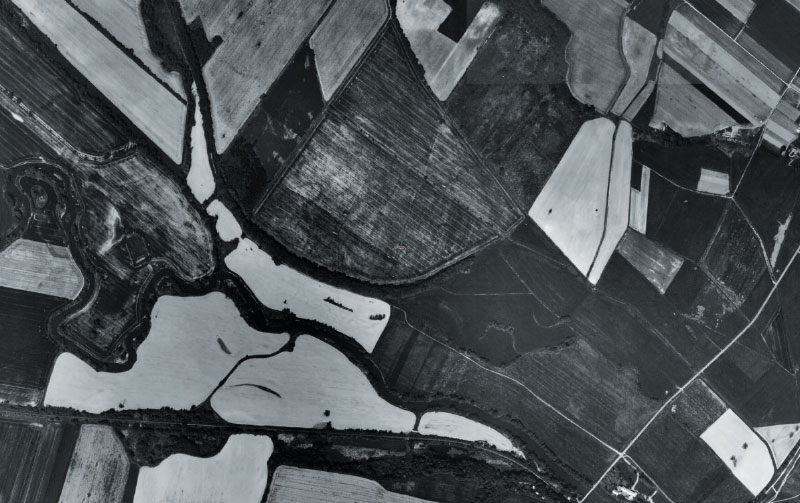
Fig. 1. The site in 2000 with a predominance of agricultural land and fields (Source: WMS ČÚZK)
Fig. 2. The site nowadays with wetlands and water bodies (Source: WMS ČÚZK)
Part of the first stage was also the construction of a bird observatory for visitors, which was later renamed Petr Čolas Observatory – in honour of the late director of the Ostrava Zoo.
During the second stage in 2017 and 2018, the reserve was expanded to include additional aquatic and terrestrial habitats and features. The third stage took place in 2020 and 2021, triggered also by the impact of floods on the area; it involved allowing natural flooding and, simultaneously, creating refuges for the animal inhabitants of Kozmice bird meadows, including Exmoor ponies.
Importance of the site for nature and landscape
If we focus on the importance of the Kozmice bird meadows for retaining water in the landscape, even the extremely dry period of 2015–2019 did not cause the complete drying out of the site. In addition, since the third stage, the number of water bodies and wetlands has increased, so this effect has become even stronger. Soil moisture is also positively affected by the existence of a developed and varied meadow community, which is in good condition thanks to grazing by Exmoor ponies. The specific effects of grazing large ungulates on these communities and related invertebrate and vertebrate species, including rare species of butterflies or waders, can be found in Jirků, Dostál [7] and Danell, Duncan et al [8]. The positive effects include the grazing itself (horses choose fast-growing species that would dominate without grazing) and disturbance of the soil by hooves, which increases species diversity of the herb layer during periodic waterlogging of the site. Another positive effect of the presence of wild horses is the “protective factor” for bird species; waders in particular seek their presence and are much calmer than usual. This general tendency was also manifested in the area of Kozmice bird meadows, where there is a stable population of northern lapwing (Vanellus vanellus) and common redshank (Tringa totanus), both waders. Other species of Tringa are also regularly present here, such as common greenshank (Tringa nebularia), as well as another representative of waders, Eurasian curlew (Numenius arquata), which is rarely found in the Czech Republic. Among the other interesting and exceptional species of water and wetland birds, several species of heron regularly appear on the site, such as little egret (Egretta garzetta). A significant moment in the history of the meadows was the nesting of common goldeneye (Bucephala clangula). The increasing number of breeding pairs of greylag geese (Anser anser) is complemented by the transient appearance of greater white-fronted geese (Anser albifrons) during the spring and autumn migration. Ducks that are rarer or less common in the Czech Republic include garganey (Anas querquedula) and northern shoveller (Spatula clypeata). The rare songbird species that can be found in the meadows include reed bunting (Emberiza schoeniclus). However, the real gems and successes of the reserve undoubtedly include the regularly recurring appearance of common crane (Grus grus) and its first successful nesting at this site this year. The aforementioned grazing of wild ponies, which supports the diversity of nectar-bearing herbs, also positively affects the occurrence of great burnet (Sanguisorba officinalis), and thus also the nearly endangered dusky large blue butterfly (Maculinea nausithous). A big advantage of the Exmoor pony is the fact that, compared to domesticated horse breeds, it is much tougher and has a higher immunity to parasites, so it is not necessary to feed it (with exceptions such as frost and flooding). At present, the herd at the Kozmice bird meadows consists of 26 stallions, mostly of a young age. During last year and this year, the numbers of large ungulates were supplemented by a herd of ten Highland cattle. In addition to their indisputable importance for the wildlife and landscape of Hlučín and Opava, Kozmice bird meadows are also an attractive destination for day trippers. However, if visitors want to observe the rare and interesting species of animals found here, it is necessary to behave sensitively and quietly, which should generally apply to all natural sites.
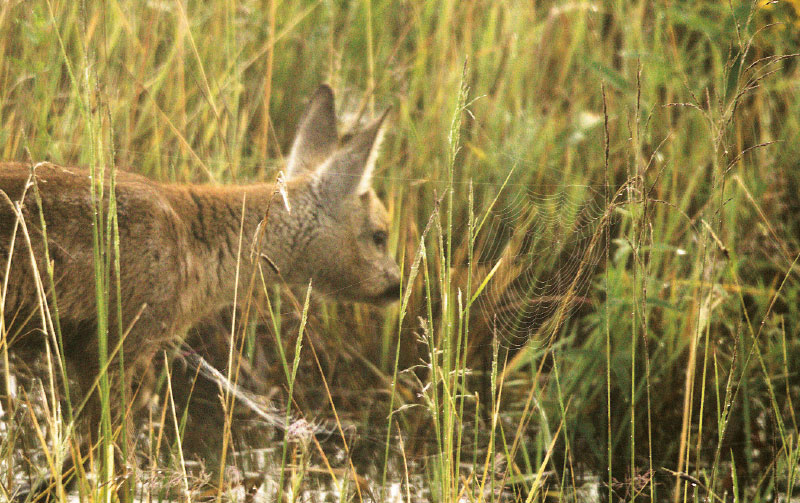
Fig. 3. A young roe deer is discovering the world
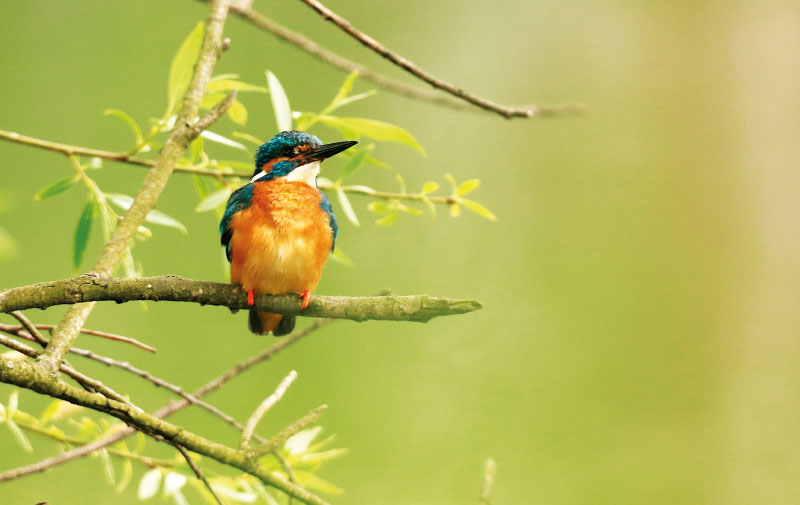
Fig. 4. Kingfishers thrive in Kozmice bird meadows
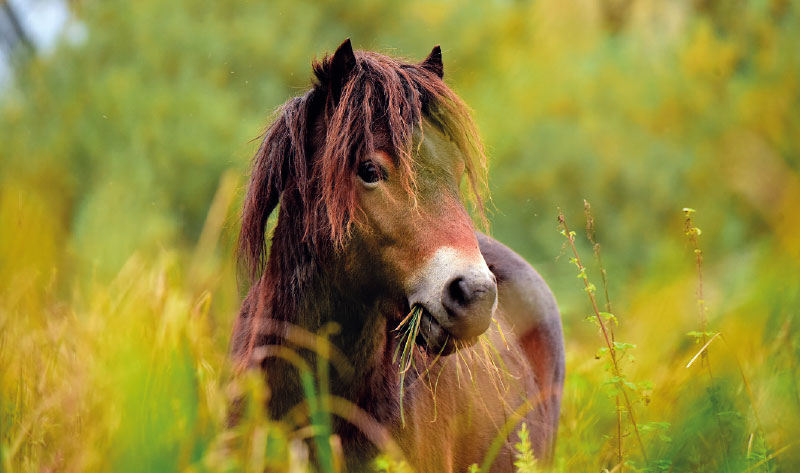
Fig. 5. The Exmoor pony is a beautiful animal…
Fig. 6. … as well as very resilient and undemanding
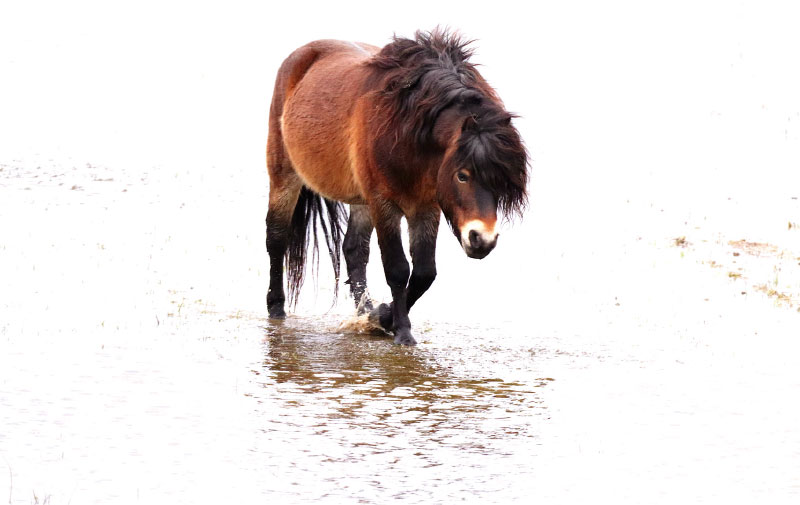
Fig. 7. It is used to water and is connected with water
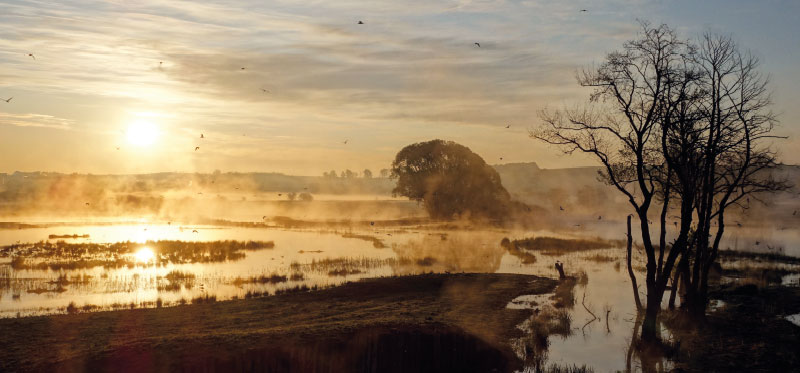
Fig. 8. Morning sun over Kozmice bird meadows
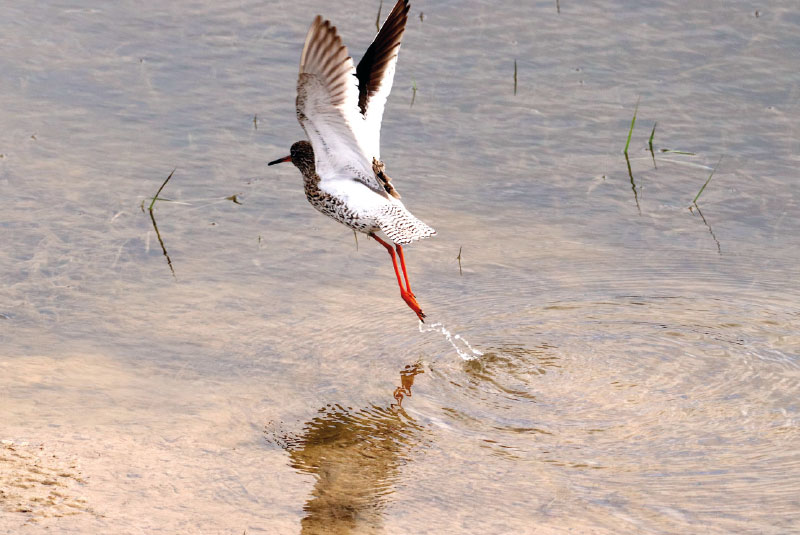
Fig. 9. Common redshankredshank
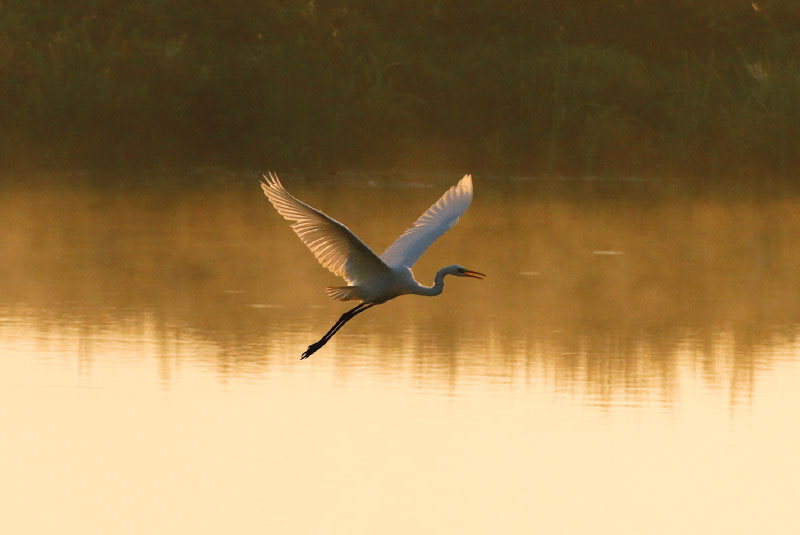
Fig. 10. Great egret in the morning sun rays
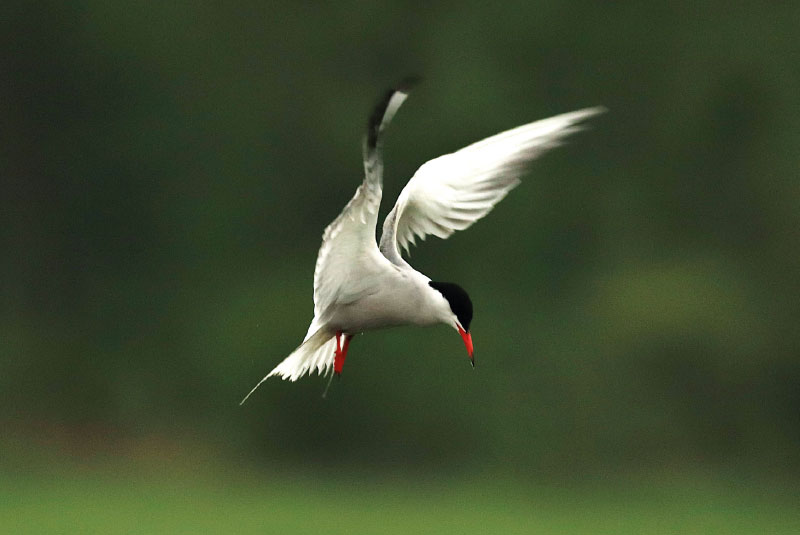
Fig. 11. Common tern
